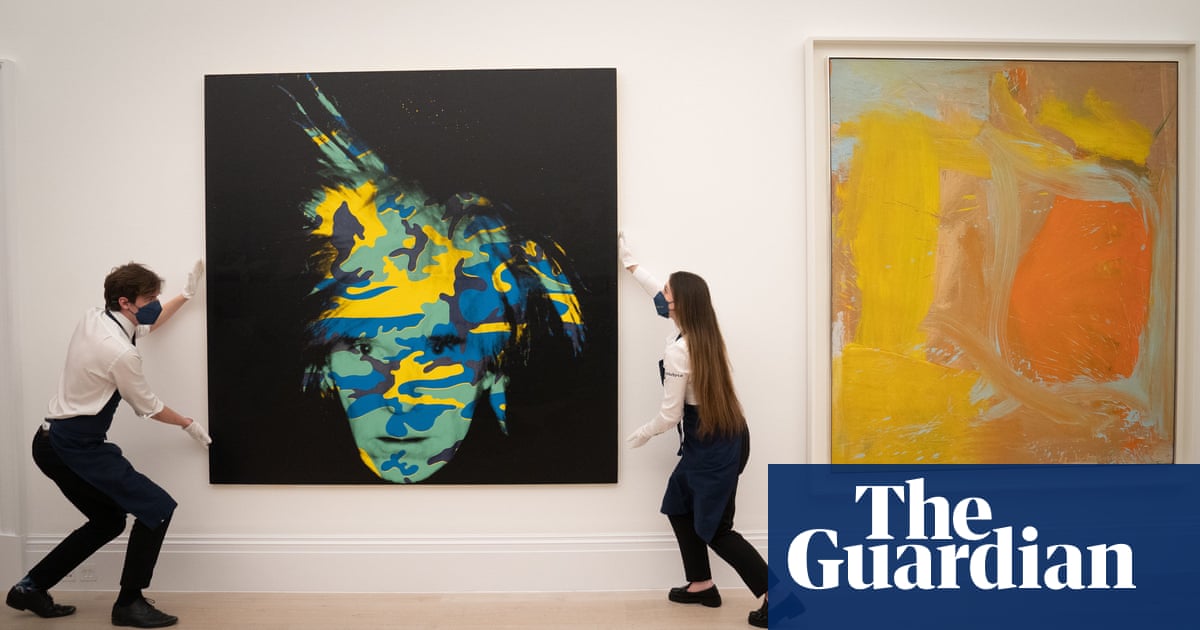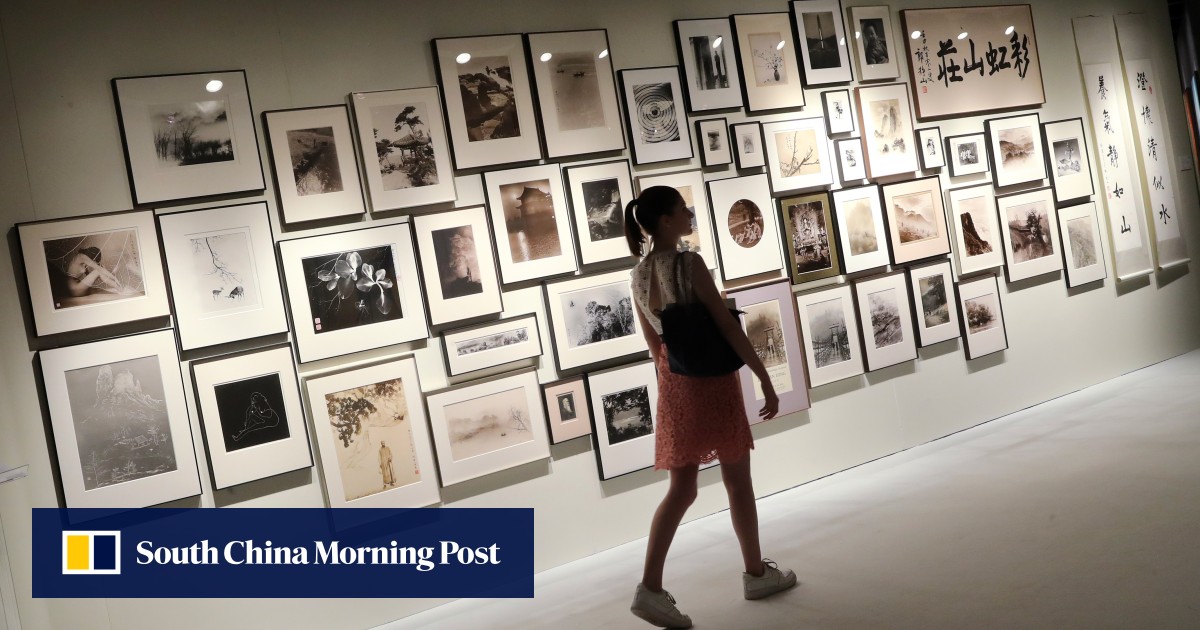The Ecdysiast - Molt (Body Inspection)
2017 - Film & Video (Film & Video)
9:00 minutes
Yao Qingmei
Satirizing an airport security checkpoint, The Ecdysiast – Molt (Body Inspection) by Yao Qingmei offers a comedic and critical inquiry into the logics underpinning collective control and surveillance culture. The three channels of the video respectively feature a dancer (left), a chorus (middle), and a security inspector (right). The dancer and security inspector enact a mechanical burlesque performance that parodies the body inspection procedures implemented by airport security. Simultaneously, they are observed by an elegantly-dressed opera choir that acts as a Greek chorus. As powerful jurors, the choir speaks in the perspective of a god, passing judgments on the woman, the inspector, and the invisible crowd, but also behaving as unruly spectators. Through singing, their narration appropriates literary and philosophical terms such as “big brother”, “Leviathan”, “abyss”, “Homo sacer” and “panopticon”, building a lexicon around security infrastructure. In the gaps between dance and music, long passages of stillness and silence emerge, during which viewers are surveilled by the persistent gaze of the female dancer, the inspectors, and the chorus. The theatricality of Yao’s video calls attention to the absurdity of security and control protocols. But it also reveals the cultural indifference towards the tacit acceptance of subjugation enforced by the increasingly routine nature of surveillance culture. About the work, Yao writes that the security checkpoint is supported by a logic of forced compliance, so indelible to daily life that its violence has become imperceptible. Portrayed as necessary safety measures, apparatuses such as security checkpoints may appear harmless. However, they are part of a larger infrastructure of collective control and policing that function in spaces where authority dynamics are ambiguous, such as airports, schools, shopping centers, and government organizations. The asymmetrical power relations that play out in these institutions undermine the individual’s agency and right to privacy. By satirzing security procedures, Yao’s work subverts these paradigms and proposes what she describes as “a new form of play”.
Informed by her long-term interest in the complex tensions between music, dance, text, and video, Yao Qingmei’s practice collapses the boundary between performance and its site. Her practice is rooted in a critical reflection into the formulation of political and social questions, exploring how symbolic gestures gain or lose power through forms of appropriation and displacement. Humor plays an important role in her work, and she uses the poetics of comedy to expose the absurdity of a particular issue. Offering different methods of resistance, her video works, theatrical performances and interventions incorporate burlesque traditions of satire and parody. They often incorporate framing devices influenced by theatre sets and costume, pedagogical lectures, the dialectic between image and text, and choreography inspired by modern dance.
Colors:
Related works sharing similar palette

© » THEARTNEWSPER
Dealer Johann König opens second Berlin gallery in former telegraph office Art market Museums & heritage Exhibitions Books Podcasts Columns Technology Adventures with Van Gogh Search Search Commercial galleries news Dealer Johann König opens second Berlin gallery in former telegraph office This is the first König space to launch since a number of artists left the gallery's roster last year Catherine Hickley 14 December 2023 Share König Telegraphenamt is located on Museum Island in Berlin Courtesy of König Galerie The Berlin dealer Johann König is tomorrow opening a new gallery next to the city’s Museum Island in a building that once housed the postal service’s telegraph office...

© » KADIST
Saâdane Afif
2005In this work, Saâdane Afif quotes André Cadere’s round wooden batons using the copy share and remix principles...

© » KADIST
Katia Kameli
2012Katia Kameli’s film The Storyteller explores the cultural role of deep-rooted artistic tradition in Morocco...

© » THEARTNEWSPER
Miami Advice: Shantelle Rodriguez on Isamu Noguchi’s Slide Mantra Art market Museums & heritage Exhibitions Books Podcasts Columns Technology Adventures with Van Gogh Search Search Art Basel in Miami Beach 2023 interview Miami Advice: Shantelle Rodriguez on Isamu Noguchi’s Slide Mantra Superblue's director of experiential art centres explains why the playful bayfront sculpture holds a special place in her heart Tim Schneider 8 December 2023 Share Slide Mantra featured in Noguchi’s US Pavilion at the 1986 Venice Biennale—the first by a single US artist © Phillip Pessar Isamu Noguchi created Slide Mantra (1986) as the centrepiece of his solo exhibition in the US Pavilion at the 1986 Venice Biennale, the first edition of the event at which the Americans had devoted their space to a single artist...
















